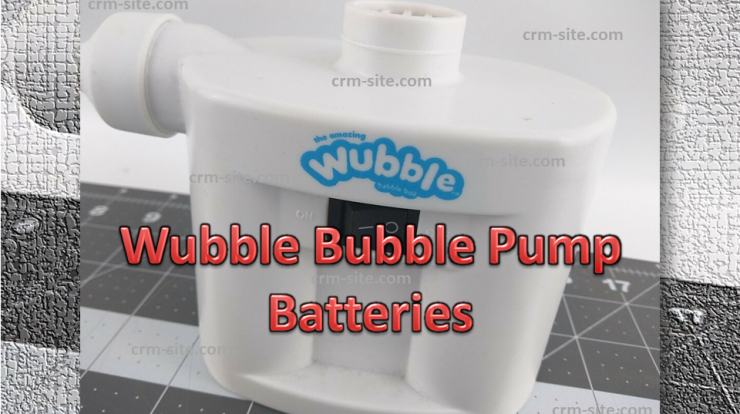
Enhancing Home Security. How is Having a Security System For Your Home a Risk Management Strategy?
What is an Embracing Peace of Mind
A Comprehensive Risk Management Strategy – As I sit here, sipping my morning coffee and basking in the warmth of my home, I can’t help but reflect on the importance of feeling safe and secure. In today’s world, where uncertainties lurk around every corner, ensuring the safety of our loved ones and our belongings has become paramount.
This contemplation leads me to ponder the significance of having a robust security system for my home. Join me on this journey as we explore how having a security system isn’t just about protecting against burglaries; it’s a holistic risk management strategy aimed at safeguarding what matters most.
Understanding Risk Management
Before delving into the specifics of home security systems, let’s first grasp the concept of risk management. At its core, risk management involves identifying potential threats, assessing their likelihood and impact, and implementing measures to mitigate or eliminate them.
It’s about being proactive rather than reactive, anticipating challenges before they arise, and taking steps to minimize their consequences.
Read Also: Unlocking the Power of the Internet Movie Database
The Anatomy of Home Security Systems
1. Intrusion Detection: The First Line of Defense
Imagine a fortress with impenetrable walls and vigilant guards stationed at every entrance – that’s essentially what an intrusion detection system provides for your home. These systems utilize a combination of sensors, cameras, and alarms to detect unauthorized entry attempts.
Whether it’s a door or window sensor triggered by movement or a motion detector sensing unusual activity within the premises, these components work in harmony to sound the alarm and alert you and authorities of a potential breach.
Types of Sensors:
| Sensor Type | Description |
|---|---|
| 1. Door Sensors | Detects when a door is opened or closed, triggering an alarm if the entry is unauthorized. |
| 2. Window Sensors | Monitors the opening and closing of windows, providing an additional layer of security. |
| 3. Motion Detectors | Senses motion within a designated area and activates the alarm if unauthorized movement is detected. |
2. Surveillance Systems: Eyes Everywhere
In today’s digital age, surveillance systems have evolved from grainy black-and-white footage to high-definition cameras capable of capturing every detail with crystal clarity.
These cameras serve as the vigilant eyes that keep watch over your property, both indoors and outdoors. Whether it’s monitoring suspicious activity at your doorstep or keeping an eye on your pets while you’re away, surveillance systems offer unparalleled peace of mind.
Read Also: The Internet Firearms Database
Benefits of Surveillance Systems:
- Deterrence: Visible cameras act as a deterrent to potential intruders, reducing the likelihood of a break-in.
- Evidence Collection: In the unfortunate event of a security breach, footage from surveillance cameras can serve as valuable evidence for law enforcement.
- Remote Monitoring: Many modern surveillance systems allow for remote viewing via smartphones or computers, enabling you to keep tabs on your home from anywhere in the world.
3. Access Control: Restricting Entry
Gone are the days of fumbling for keys or worrying about misplaced spare copies. Access control systems empower homeowners to manage entry to their property with ease and precision.
From keypad locks and key fobs to biometric scanners, these systems offer a variety of options for controlling who can access your home and when.
Key Features of Access Control Systems:
- Keyless Entry: Eliminates the need for physical keys, reducing the risk of unauthorized duplication or loss.
- Customizable Access Levels: Allows homeowners to grant temporary or permanent access to different individuals, such as family members, guests, or service providers.
- Audit Trails: Tracks entry and exit activity, providing a detailed log of who accessed the property and when.
The Role of Home Security in Risk Management
Now that we’ve explored the components of a typical home security system, let’s examine how these elements contribute to a comprehensive risk management strategy.
1. Threat Identification
The first step in effective risk management is identifying potential threats. With a robust security system in place, homeowners can accurately assess the risks facing their property, whether it’s the threat of burglary, vandalism, or other forms of intrusion.
Example Scenario:
Imagine returning home from a vacation to find a shattered window and signs of forced entry. Without a security system, you may be left wondering who breached your home and how they gained access. However, with surveillance footage and intrusion detection alerts, you can quickly identify the culprits and take appropriate action.
2. Risk Assessment
Once threats have been identified, the next step is to assess their likelihood and potential impact. This involves evaluating factors such as the vulnerability of your property, the presence of valuable assets, and the surrounding environment.
Risk Assessment Matrix:
| Threat | Likelihood | Impact |
|---|---|---|
| Burglary | High | High |
| Vandalism | Medium | Medium |
| Fire | Low | High |
3. Risk Mitigation
With a clear understanding of the risks at hand, homeowners can then implement measures to mitigate or eliminate these threats. This may involve upgrading security systems, reinforcing physical barriers, or implementing additional safety protocols.
Cost-Benefit Analysis:
Before investing in security upgrades, it’s essential to weigh the potential costs against the benefits they provide. While some measures may require a significant upfront investment, the long-term savings in terms of reduced insurance premiums and peace of mind often outweigh the initial expense.
4. Response Planning
Despite our best efforts to prevent security breaches, it’s crucial to have a response plan in place for emergencies. This may include procedures for contacting authorities, notifying neighbors, and ensuring the safety of occupants.
Emergency Response Checklist:
- Contact Emergency Services: In the event of a security breach or emergency, dial the appropriate emergency number (e.g., 911) immediately.
- Notify Neighbors: Alert nearby residents to the situation, especially if there is an immediate threat to their safety.
- Secure Safe Room: If available, retreat to a designated safe room equipped with communication devices and emergency supplies.
- Cooperate with Authorities: Provide law enforcement with any relevant information or evidence, such as surveillance footage or witness accounts.
Conclusion: Embracing a Secure Future
As I conclude my reflection on the role of home security in risk management, I’m filled with a sense of gratitude for the peace of mind it provides. In a world fraught with uncertainties, knowing that my loved ones and belongings are protected brings immeasurable comfort.
So, whether you’re considering installing a security system for the first time or looking to upgrade your existing setup, remember that it’s not just about preventing burglaries – it’s about embracing a secure future for you and your family. After all, when it comes to protecting what matters most, there’s no such thing as being too cautious.
With each passing day, as I sip my morning coffee and watch the sunrise from the comfort of my home, I’m reminded of the invaluable gift of security – a gift that allows me to embrace each day with optimism and peace of mind.
So, as you embark on your own journey towards a safer tomorrow, remember that the investment you make in home security today is an investment in a brighter, more secure future for years to come.










